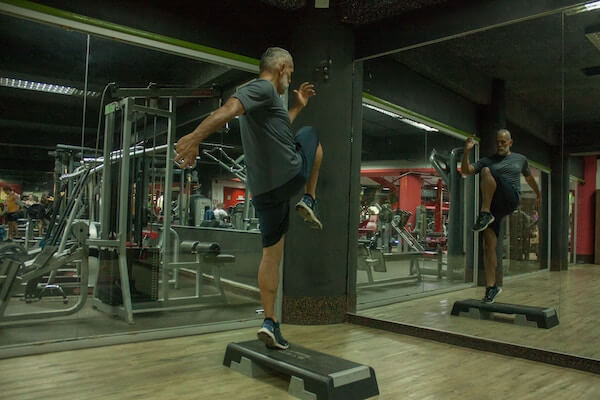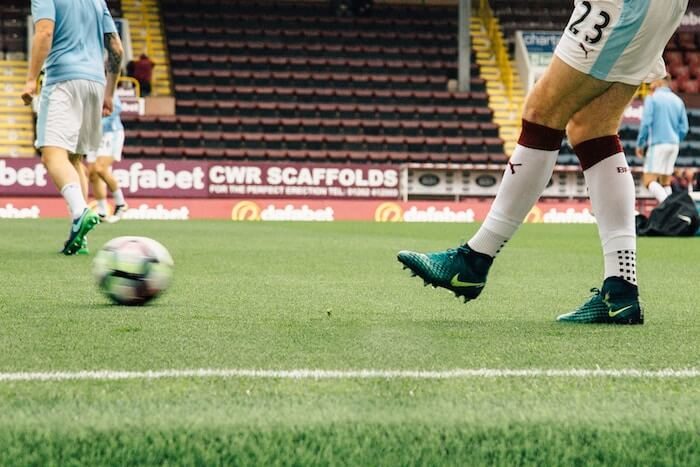How Do Footballers Improve Fitness Through Pre-Season?
For us fans, the countdown to the new season is well underway, and for the footballers themselves, they are slowly reaching the optimal fitness level ready for their first game of the season. Managers often refer to pre-season as the most critical part of the season, but Pep Guardiola has recently revealed that he doesn’t want his players back unless they are mentally ready for the fight ahead. The mental question primarily revolves around players that are coming off the back of international competitions throughout the summer, but for those already back; the season is well underway.
Week One
Once the players return, they need to blow the cobwebs away and begin to get their legs working again. Sir Alex Ferguson once noted that players such as Wayne Rooney used to come back carrying a bit of extra weight which meant the initial weeks of pre-season would be harder for him; which is why most professionals continue working over the summer months. Every club operates differently over the pre-season weeks but for the main part, the first week is spent building up the fitness levels.
This is done in an array of ways including exercise bikes, treadmills and of course, the dreaded bleep test. In fact, the bleep test has been used by Manchester United throughout the 2019 pre-season as they gauge the levels of fitness of their stars. There is very little ball work involved in the first week.

Week Two-Three
While the conditioning of the players remains the order of the day through the second and third weeks, there is more emphasis on playing and using the fitness in-game situation. West Ham United have been adopting a simple plan where the players would warm-up for the training, before playing a mini-game. They would then be stopped in the middle of the game to go through speed training where they would have to sprint in and out of cones; something that is fundamentally needed in matches. After two or three cycles, they would go back into the game situation, before repeating this exercise later in the day. One player not taking part in West Ham United’s pre-season training is Pedro Obiang, it is believed that he’ll make a move back to Italy, this time with Sassuolo.
Of course, it goes without saying but the players would be stretching throughout the exercises as managers would be looking to avoid the sustaining of a meaningless injury which could derail plans for weeks. The recovery time is crucial for players as they need to ensure that their body is ready for training again and ensure that they don’t push it too early during pre-season.
Week Four
The hard work of getting back into the swing of things is now effectively over. While there are still fitness tests ongoing; players will be able to pass this with ease now despite the level of intensity growing. This is helped by the fact that most clubs have already played their first game of pre-season by this point. The focus on the fourth week is tactical and ball work to ensure that managers can put all their plans for the new season into action.
Pre-Season Tours
The introduction of pre-season tours for clubs has been as much about marketing possibilities as it is about improving their levels of fitness. Of course, clubs like West Ham, Manchester City, Wolves and Newcastle United taking part in the Asia Cup was a publicised event and would have made millions, but there are also perks in fitness.
Training in higher altitudes and hotter climates immediately makes players work harder than they would be if they were training in the colder climate of the UK. The perks of this are apparent, as the players would return home feeling fitter than they would have been if they took part in these drills on their usual training grounds.

Specificity
The ages, positions and body types of the players ultimately decide how much of what they do during pre-season. For instance, central defenders would spend more time in the gym building on their strength by lifting weights to build their strength, which is essential to their position. Meanwhile, wingers who need to be agile on their feet would spend longer than defenders doing interval training since they need to be quicker and be able to move in a different direction efficiently. Cardiovascular training is, of course, vital for all positions but none more so than the central midfielders who need to get up and down the field more than most. This means that they will still be working at a harder intensity than their teammates at a later stage of pre-season.


